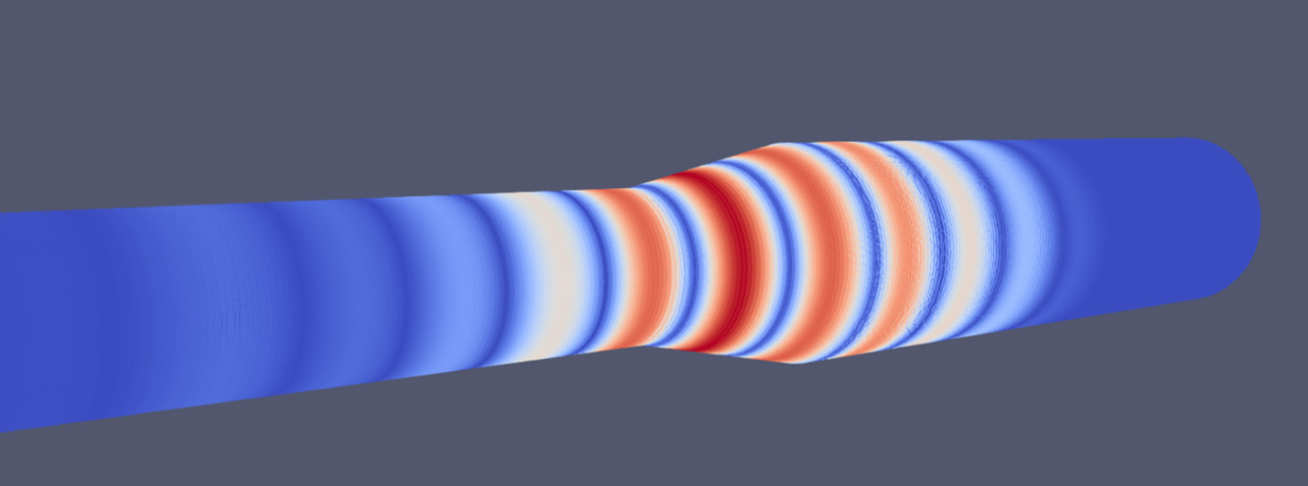Guided Wave Permanently Installed Monitoring Systems on Complex Nuclear Components
Guided waves are in routine use commercially as a screening technique to inspect tens of meters either side of a single transducer. However, there has been recent research that has revealed the potential of utilising guided waves in combination with signal processing as a Structural Health Monitoring (SHM) technique. This has the potential to drive down sensitivity while maintaining the extensive coverage of current guided wave systems.
The goal of this project is the development of a Permanently Installed Monitoring System (PIMS) for complex safety-critical nuclear components. This involves the placement of a small number of transducers on the inspection geometry permanently to take a wide dataset of readings. These readings can then be interpreted using signal processing techniques to give greater probability of detection than equivalent conventional inspection and allow the operator to track the growth of defects.
The workflow planned involves first modelling the proposed system using 3D finite element software (Pogo) and subsequently performing experimental validation. Signal processing techniques will then be developed on the experimental dataset to determine the designed systems viability and sensitivity.



